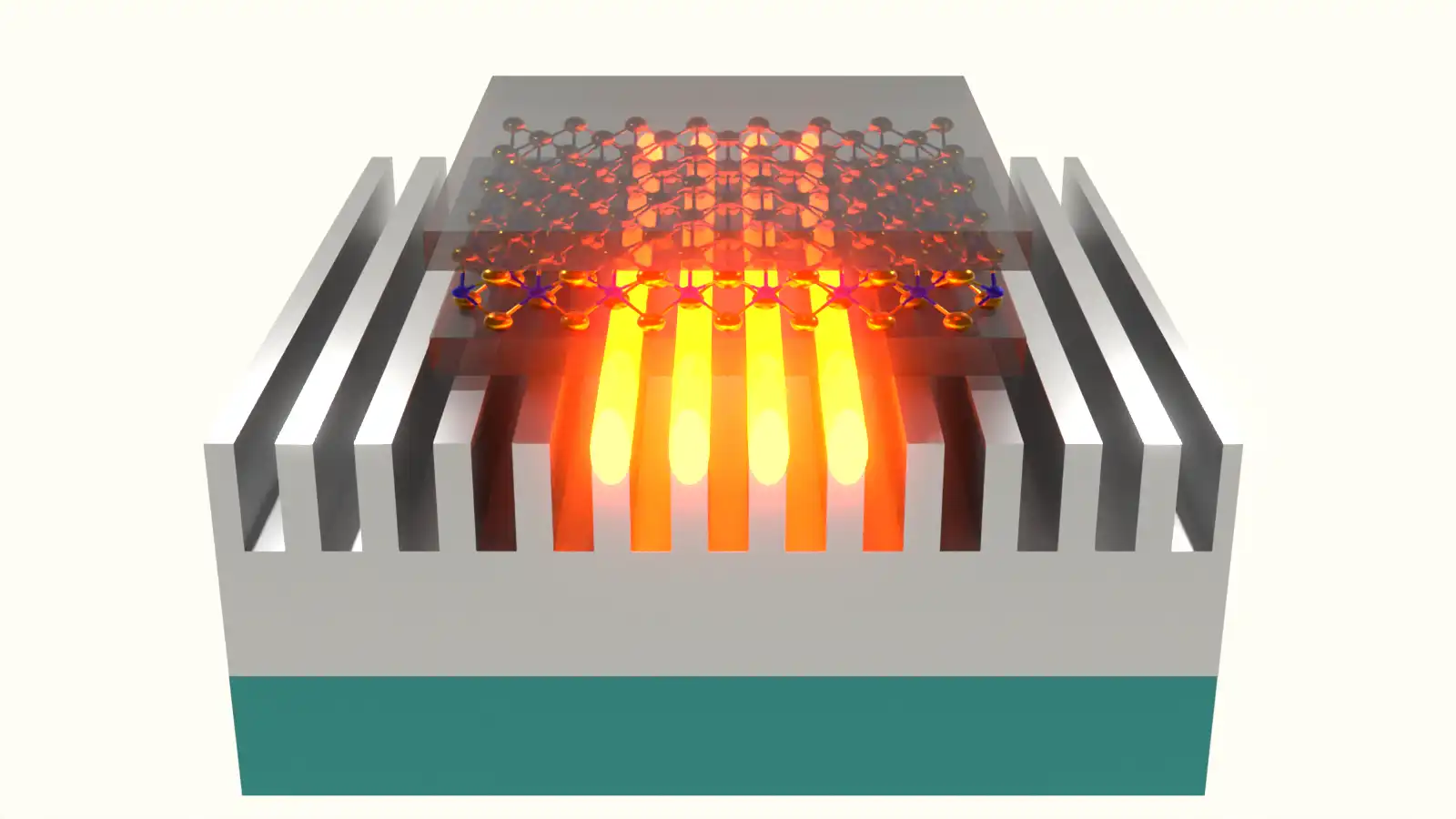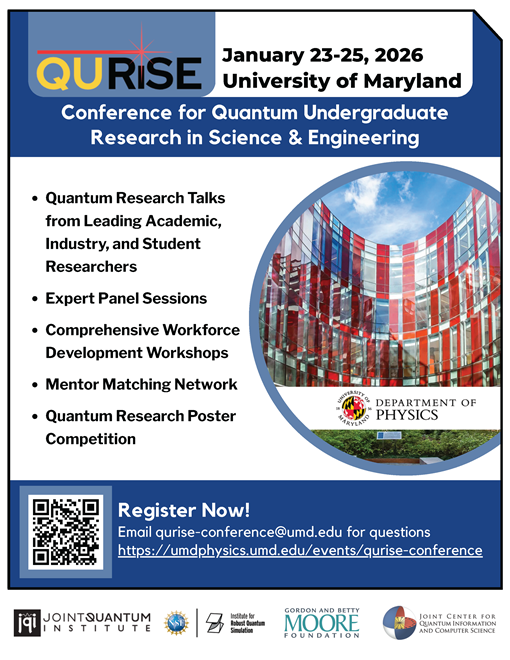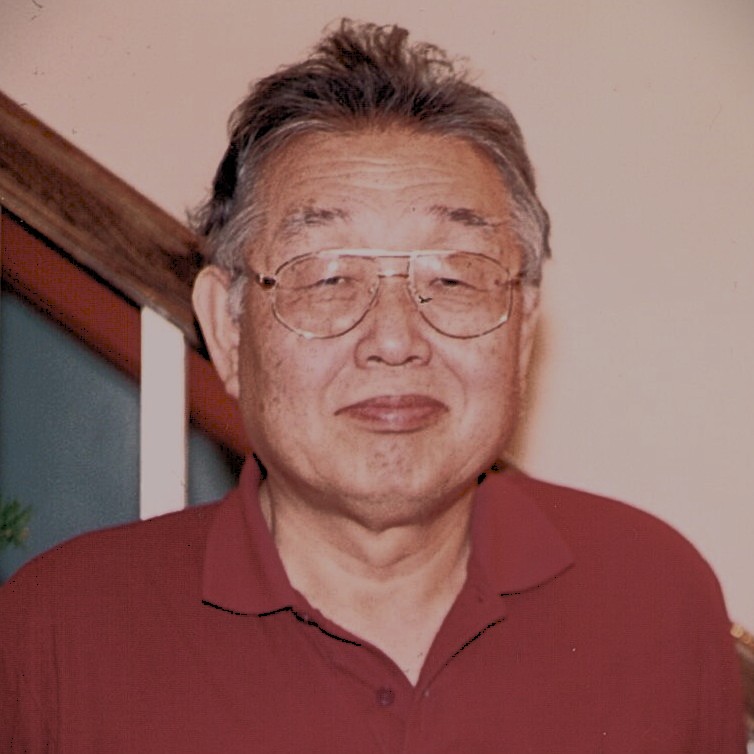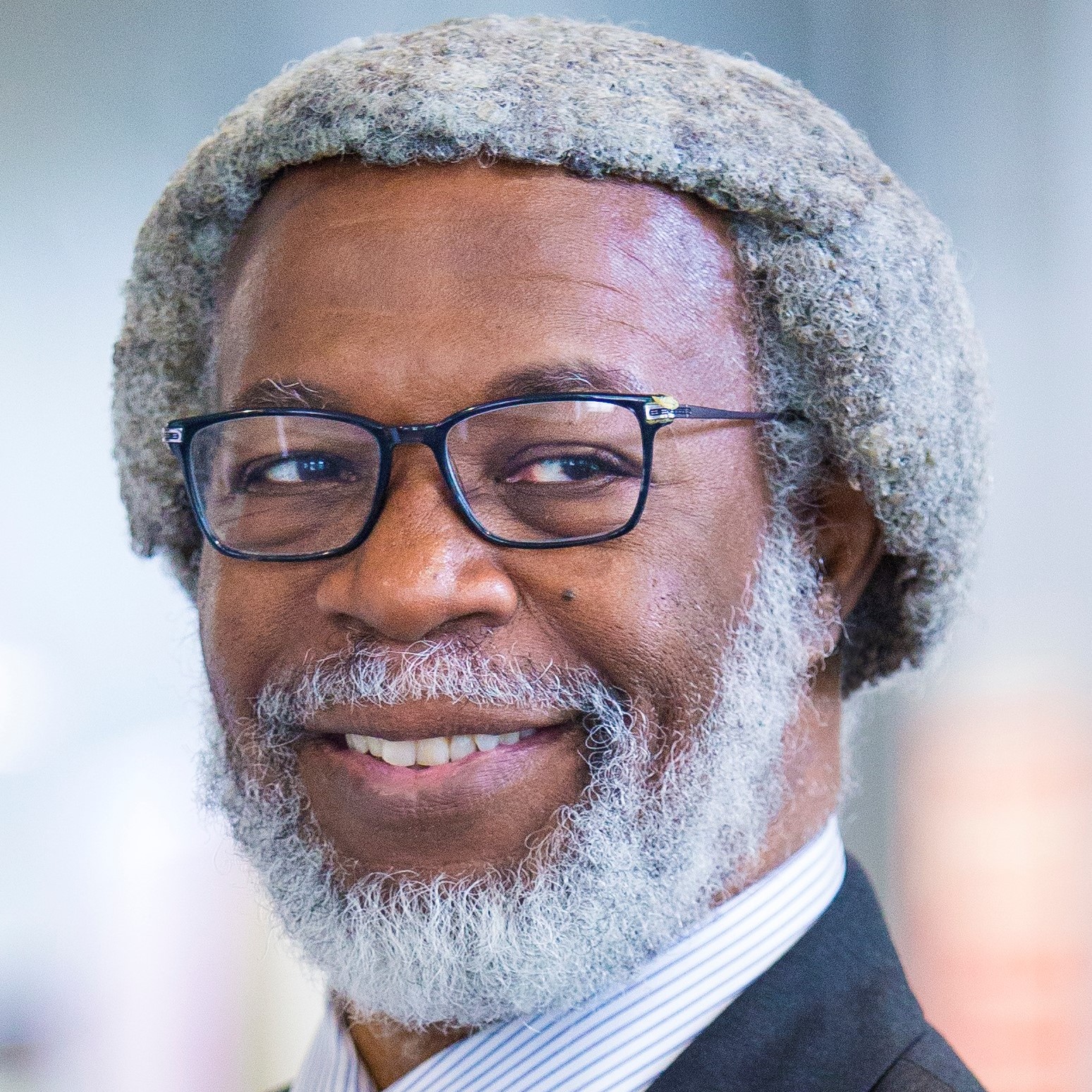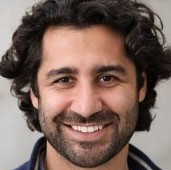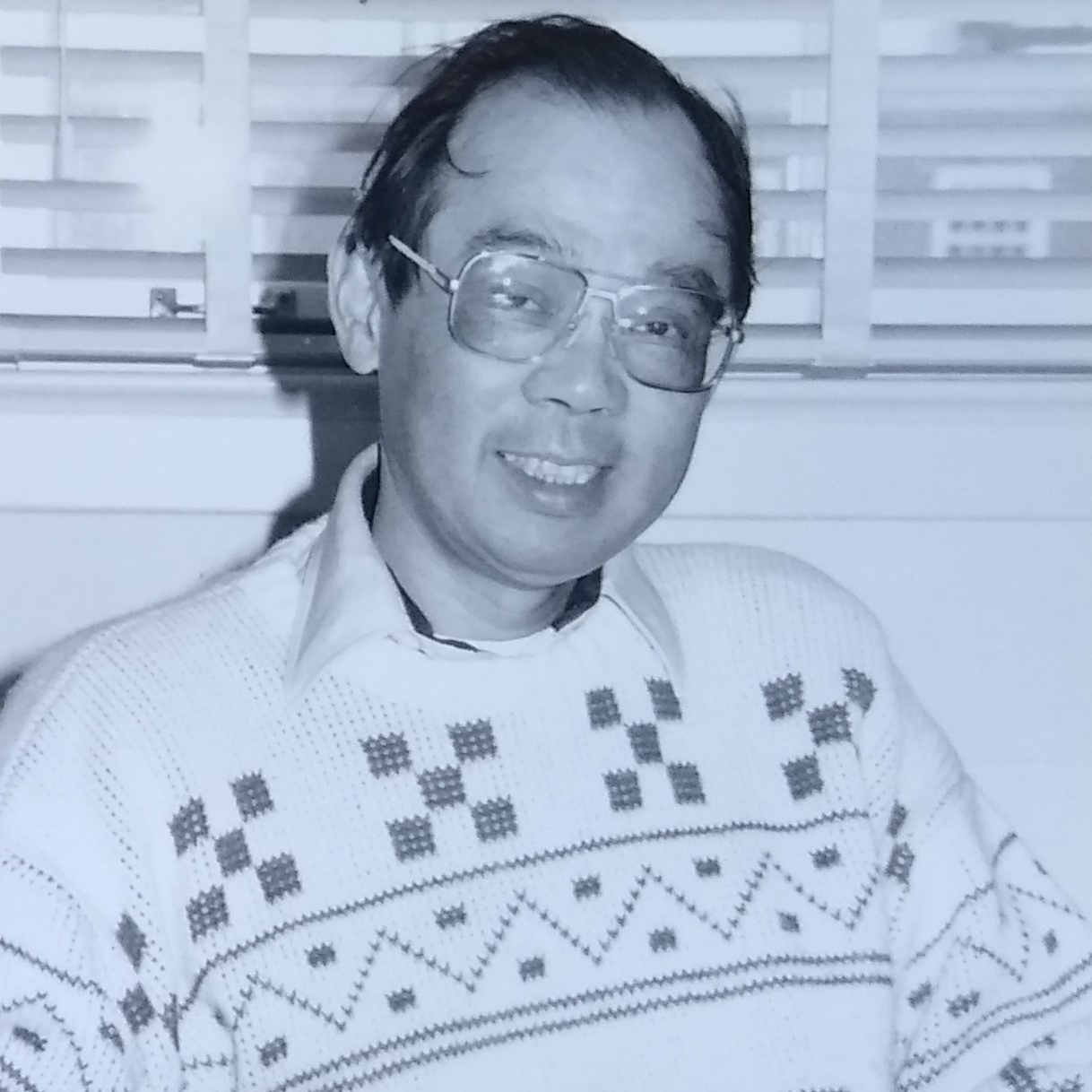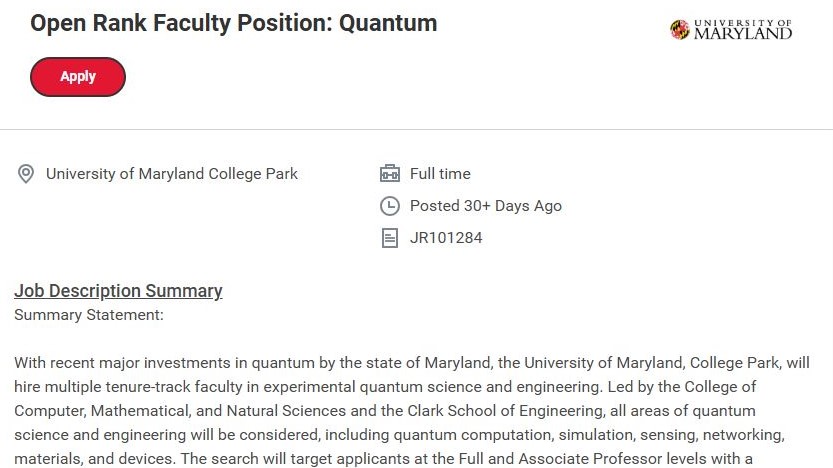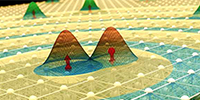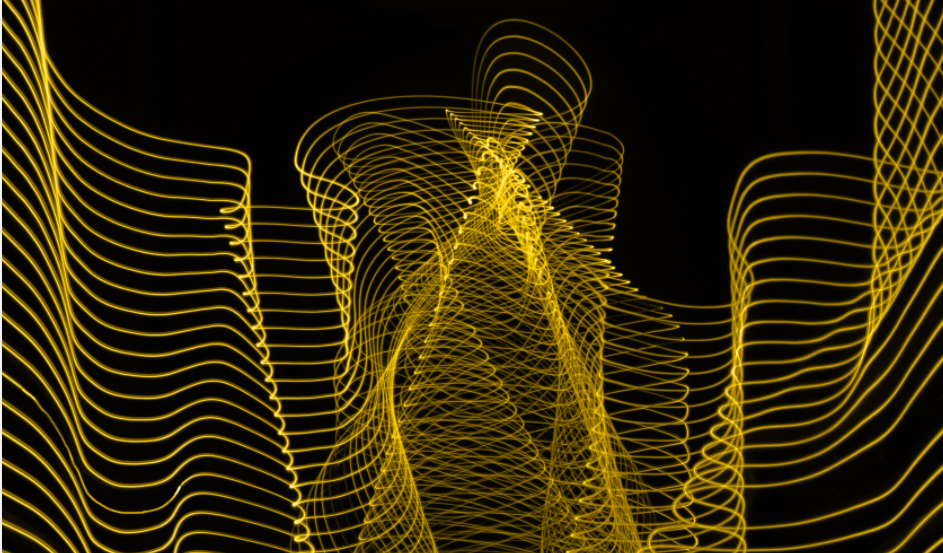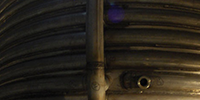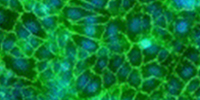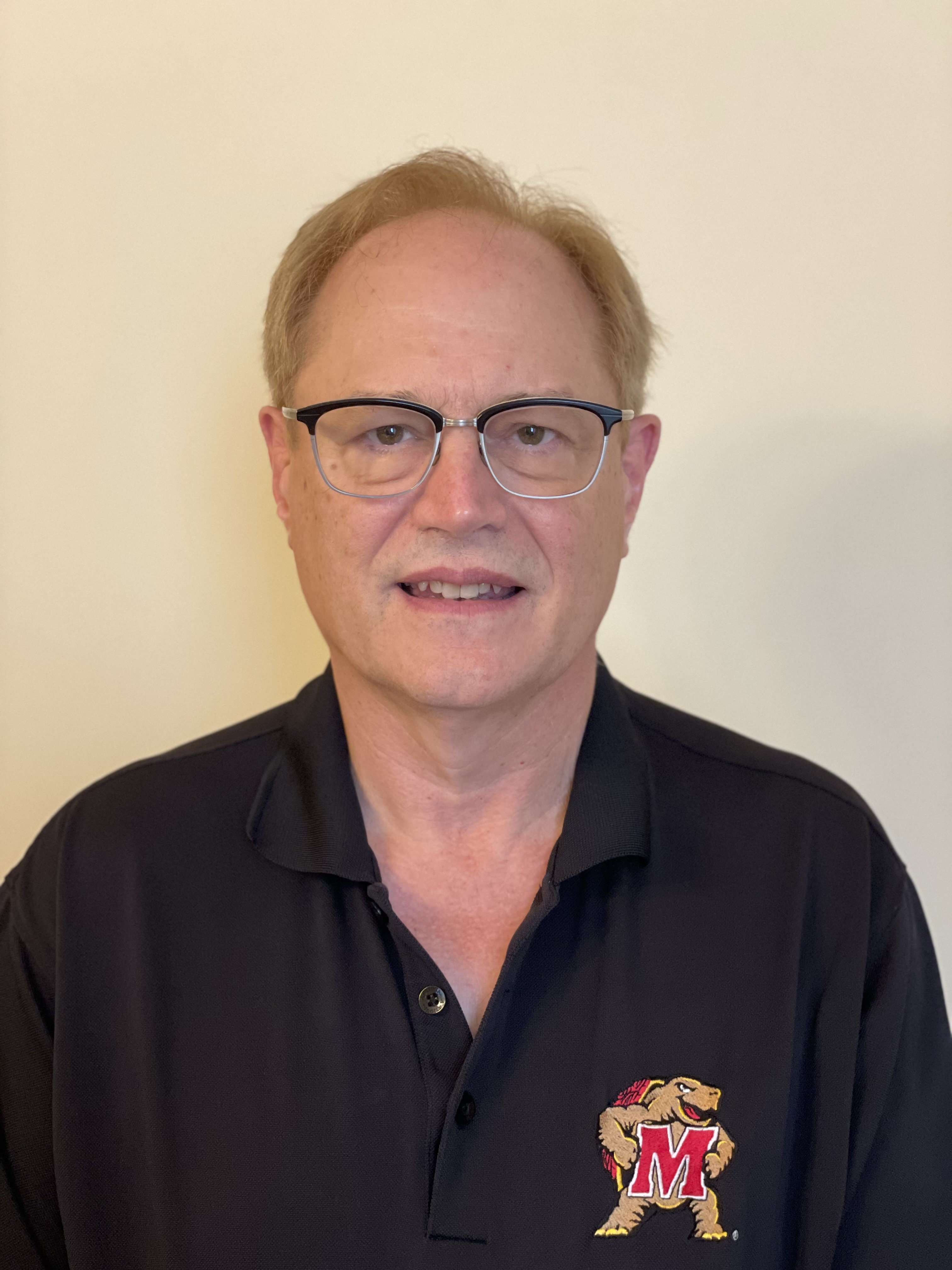 Jim CarrJames Carr (Ph.D. ’89, physics) has been making his mark on satellite technology for more than three decades. But his passion for space launched long before his professional career did.
Jim CarrJames Carr (Ph.D. ’89, physics) has been making his mark on satellite technology for more than three decades. But his passion for space launched long before his professional career did.
“I grew up in the days of the race to the moon and I was very drawn into that,” he recalled. “I followed all of the Apollo missions. In fact, I used to pretend I was sick and couldn’t go to school so I could watch the coverage on the networks. I was very interested in the space program and that carried forward into what I ended up doing professionally.”
Today, Carr is president and CEO of Carr Astronautics. For more than 30 years, the company has provided problem-solving technology and expertise to clients in the aerospace industry, specializing in U.S. and international weather satellites.
A running start
Carr got a running start on a future in physics and space technology as a boy growing up in Pittsburgh, Pennsylvania. At home, science was part of life. Carr’s first mentor was his father, a scientist who authored two books and more than 100 scientific papers and received a dozen patents during his professional career.
“My father worked at Westinghouse Research Labs; he was a physicist,” Carr explained. “Back in that day, we called it solid state physics, now we would call it condensed matter. So, I grew up surrounded by those environmental influences.”
When it was time for college, Carr stayed close to home and, like his father, was attracted to physics and mathematics. He got his undergraduate degree at Carnegie Mellon University, then headed to Washington, D.C., to join his wife who had already graduated.
“She was a software engineer and she came down to Washington, D.C., because that’s where the jobs were,” Carr said. “She found a job with IBM in the Washington suburbs.”
Carr landed a position working on military projects with a D.C.-area company, but his longer-term sights were set on a very different mission.
“I wanted to work with NASA”
“I had a tremendous first job and I really enjoyed it,” he recalled. “But I wanted to be involved in more civilian things, what you’d call space exploration. I wanted to work with NASA.”
Within three years, Carr was working at NASA’s Goddard Space Flight Center in Greenbelt, Maryland, doing the kinds of projects he once dreamed about. Much of his work focused on remote sensing—processing and analyzing data collected in space, especially weather data.
“I started out helping out on various programs—science experiments that were flying on the space shuttle,” Carr explained. “Then I got involved in a program called Landsat. I was helping NASA integrate all of the work from the different contractors that were contributing to the program and then developing algorithms for processing the data on the ground.”
In 1983, Carr got his master’s degree in physics at Georgetown, while still working at NASA. By then, he was involved in a new operational weather satellite program called GOES (Geostationary Operational Environmental Satellite).
Ground zero for GOES
“When I got on the GOES program, it was sort of ground zero and it was new and there were a lot of problems to figure out,” Carr said. “It was a more challenging and fun environment to work in than some of the projects I’d done before and I really enjoyed it.”
Later in 1983, Carr decided he was ready for a very different kind of challenge. He applied to the University of Maryland’s physics Ph.D. program.
“I wanted to have a big impact on science and there were a couple of courses at Maryland that really brought me into particle physics, which is not what I did at NASA,” he explained. “I decided that was where the really exciting frontiers of physics were so I should go all in.”
Carr’s years at Maryland, and especially his work with the particle physics theory group, made a life-changing impact.
“Oh yeah, there’s no question, I consider my time in the physics department at Maryland to be formative,” he said. “It was important for my formation as a professional person, very key, a very positive experience.”
Carr was inspired and influenced by his thesis advisor, S. James Gates Jr., who is now a College Park Professor of Physics at UMD.
“He was a young faculty member at the time, and I was drawn to him because of he was working at the frontiers of physics,” Carr recalled. “His energy and enthusiasm were compelling, and as I got to know him, I found him to be as fine a human being as a physicist—very supportive of the intellectual and professional growth of his students.”
After receiving his doctorate in 1989, Carr had an important career choice to make. He could keep working at NASA or pursue a postdoc and a career in academia.
The offer that launched a company
Carr decided to stay at NASA, but his entrepreneurial side was pushing him to do something more.
“I saw the companies that were doing work with NASA and I didn’t understand why I couldn’t run one of those companies myself,” Carr explained. “I decided that I would do it, that would be my career path. I would continue working in the NASA community and I would look for an opportunity to start a business.”
That opportunity came in 1991.
“It happened when I was presenting a paper at a conference about the work I was doing with GOES,” Carr recalled. “I was approached by some people from Europe who proposed that I come to work for them as a consultant to help them in a program called Meteosat Second Generation, which was similar to the American GOES weather satellite I’d been working on for NASA.”
That offer launched Carr Astronautics. Though Carr was the company’s only employee, he had his first client—the French aerospace manufacturer Aérospatiale—and his first project, the Meteosat Second Generation weather satellite. Carr moved his family to Cannes, France, where he worked on Meteosat for the next five years. After they returned to the U.S., Carr’s company took off.
“I came back to the U.S. in ’96 and at that time I was acquiring other business at NASA and also at NOAA and we just continued to grow,” Carr said. “I hired some people that I had known from working with them at NASA and I started working with some American aerospace companies like Boeing Corporation.”
In the decades that followed, Carr Astronautics built a track record of success in satellite technology.
“One of our templates for success has been to partner with large aerospace companies like Boeing and Aérospatiale and help them design their satellite systems. These are billion-dollar space systems and it takes a giant team of engineers to design them, and we have niche expertise,” Carr explained. “The other thing we do is we build software systems to transform the raw data that comes from the spacecraft into something that is scientifically sound and is consumable by the weather community including the National Weather Service.”
And the work is far from over. By 2023, a SpaceX Falcon 9 rocket will launch the Intelsat communications satellite, and with it an air pollution-sensing instrument that Carr Astronautics has worked on for years. The instrument, called TEMPO, is an imaging spectrometer designed to detect trace gases—including pollutants like nitrogen dioxide, sulfur dioxide and ozone—by the “fingerprints” they leave in the sunlight reflected off Earth’s surface.
“TEMPO will allow us to understand how the rhythms of human activity affect our environment hour by hour,” Carr said. “It will be part of a constellation of similar sensors to cover North America, Europe and Asia.”
Honoring his first mentor
Through all his professional growth and success, Carr has always appreciated the impact his very first mentor—his father—had on his life. And, in 2007, he found a way to pay it forward. Working with UMD, he established the W.J. Carr Lecture Series on Superconductivity and Advanced Materials in the Department of Physics to honor the man who introduced him to physics.
“My father passed away and we started this before he passed,” Carr explained. “I wanted to memorialize him in some way, and I thought this was a good thing to do.”
Carr’s endowment supports an annual lecture series that brings eminent physicists to College Park to speak and interact with students in UMD’s physics program and Quantum Materials Center.
“They’ve brought in really top people to talk, and typically they stay for a week, doing seminars and lectures and collaborations,” he explained. “I think my father would have liked that.”
It’s been more than 30 years since Carr turned his passion for space into a successful business, advancing the technology of weather forecasting one satellite at a time. Still energized by the work, he’s glad he’s been able to make a difference.
“I am very proud of what we do,” he reflected. “The weather affects us in very big ways with hurricanes and tornados and droughts and in very small ways with the decisions we make every day. So it’s extremely important to have good information and good forecasts. I find it very gratifying that the work that I’ve done—the satellite technology—has provided a foundation for all of that.”
Written by Leslie Miller


